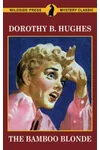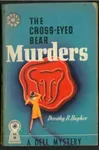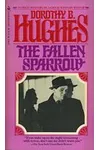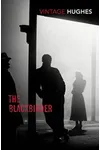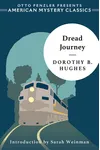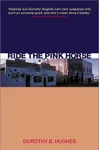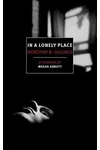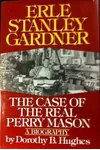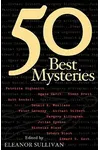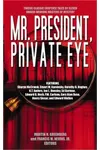Picture a storyteller who spun tales of dread and suspense, weaving psychological depth into the gritty world of noir—meet Dorothy B. Hughes! Born in Kansas City, Missouri, this mystery maven transformed crime fiction with her sharp prose and haunting narratives. From her poetic roots to her status as a Grand Master of the Mystery Writers of America, Hughes’s journey is as thrilling as her novels.
With a knack for capturing the dark underbelly of mid-20th-century America, Hughes crafted stories that linger like a desert shadow. Her best-known works, like In a Lonely Place and Ride the Pink Horse, didn’t just entertain—they reshaped the genre, blending suspense with social commentary. Ready to dive into her world? Let’s explore the life and legacy of this noir icon.
The Making of Dorothy B. Hughes
Dorothy Belle Flanagan, born August 10, 1904, in Kansas City, Missouri, was a writer from the start. At six, she knew words were her calling. After earning a journalism degree from the University of Missouri in 1924, she worked as a reporter in Missouri, New Mexico, and New York. Her early career included stints at the Olean Times and graduate studies at the University of New Mexico and Columbia University, though she never completed those degrees. In 1931, her poetry collection Dark Certainty won the Yale Series of Younger Poets Competition, marking her literary debut. Married to Levi Allen Hughes Jr. in 1932, she settled in Santa Fe, where her Southwestern roots would later flavor her fiction.
Dorothy B. Hughes’s Unforgettable Stories
Hughes burst onto the mystery scene with The So Blue Marble in 1940, a New York-set thriller praised for its hardboiled edge after her editor slashed 25,000 words. This debut set the stage for her signature style: taut prose, psychological suspense, and morally complex characters. Her 1942 novel The Fallen Sparrow, a patriotic thriller about a Spanish Civil War veteran, became a 1943 film starring John Garfield, cementing her breakout status.
Her masterpieces, Ride the Pink Horse (1946) and In a Lonely Place (1947), redefined noir. Ride the Pink Horse, set during a New Mexico fiesta, follows a drifter entangled in crime, its vivid Southwestern backdrop earning it a 1947 film adaptation. In a Lonely Place, a chilling dive into a serial killer’s mind, inspired Nicholas Ray’s 1950 film with Humphrey Bogart, though the movie softened the novel’s darkness. Her final novel, The Expendable Man (1963), tackled race and justice, delivering a twist that stunned readers. Hughes’s ability to blend everyday normalcy with creeping dread influenced writers like Patricia Highsmith and Jim Thompson.
Unlike typical crime writers, Hughes explored class, race, and toxic masculinity, often through outsiders or haunted loners. Her elegant yet brutal prose, inspired by Eric Ambler and Graham Greene, created an uncanny atmosphere that made her novels timeless. She published 14 novels, each a masterclass in suspense, before stepping back to focus on family and criticism.
Why Dorothy B. Hughes Matters
Dorothy B. Hughes didn’t just write mysteries—she elevated them. Her novels laid the groundwork for modern psychological thrillers, influencing serial killer narratives from The Talented Mr. Ripley to American Psycho. As a critic, she reviewed mysteries for the Albuquerque Tribune, Los Angeles Times, and New York Herald-Tribune, earning a 1951 Edgar Award for Outstanding Mystery Criticism. In 1978, the Mystery Writers of America named her a Grand Master, and her critical biography Erle Stanley Gardner: The Case of the Real Perry Mason won another Edgar in 1979.
Hughes’s legacy endures in her fearless exploration of human darkness and her role as a trailblazer for women in crime fiction, alongside peers like Margaret Millar and Vera Caspary. Her work, rediscovered through reprints by NYRB Classics and Persephone Books, continues to captivate readers and inspire writers. Hughes died in 1993 in Ashland, Oregon, but her stories remain as gripping as ever.
- Born: August 10, 1904, Kansas City, Missouri
- Key Works: The So Blue Marble, Ride the Pink Horse, In a Lonely Place, The Expendable Man
- Awards: Edgar Award (1951, 1979), MWA Grand Master (1978)
- Died: May 6, 1993, Ashland, Oregon
Snag In a Lonely Place and dive into Dorothy B. Hughes’s thrilling noir world! Her stories of suspense and shadow are waiting to keep you up all night.

